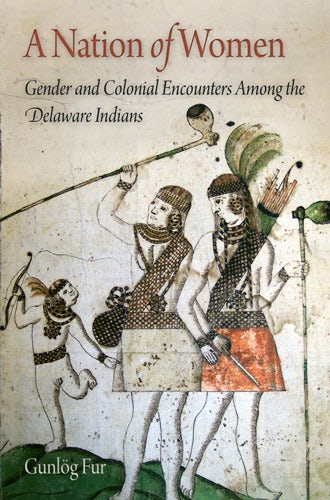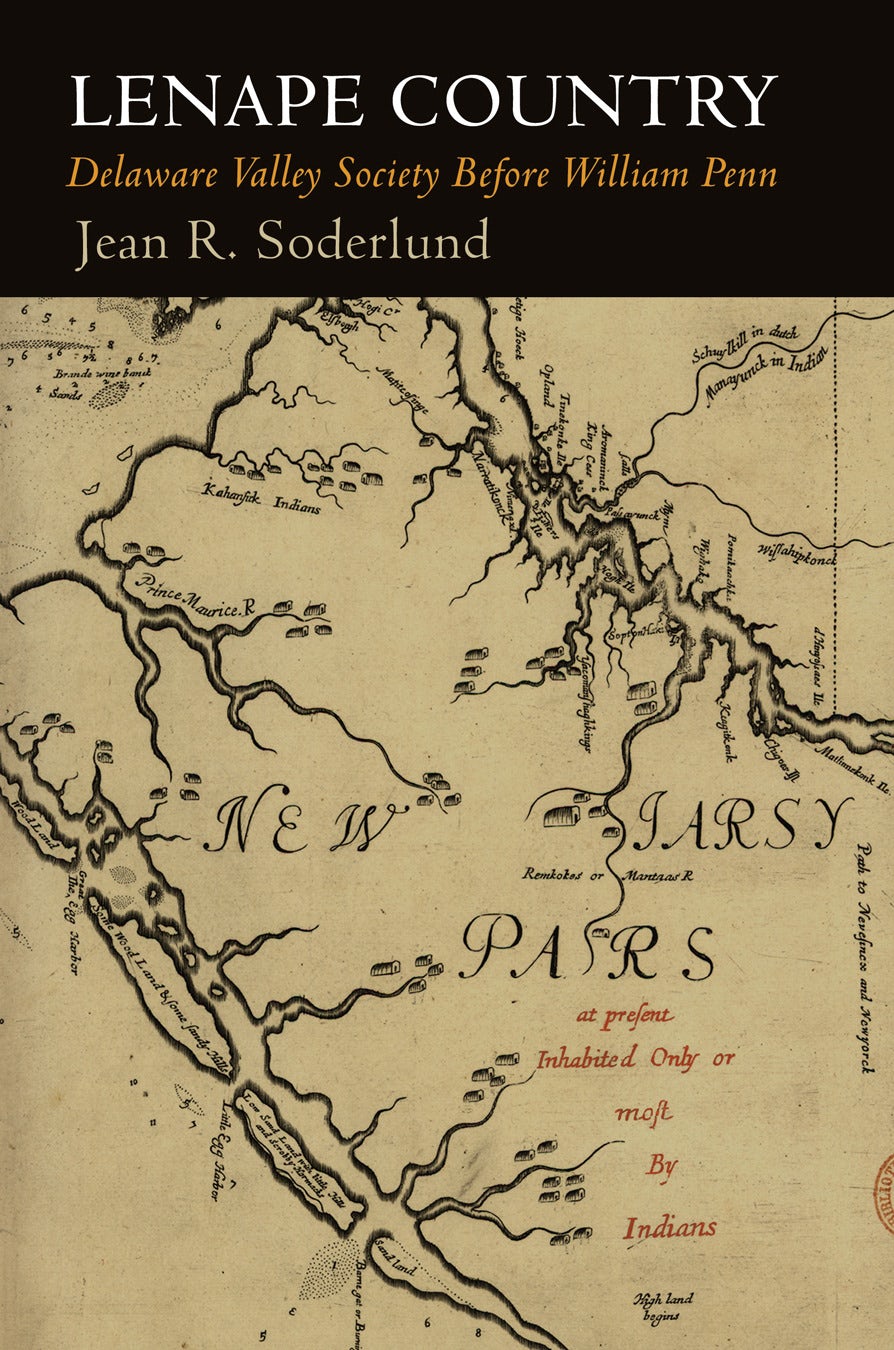Tip: Search for both "Lenape" and "Delaware" as terms may be used inconsistently
In 1615, trade with Europeans began along the Lenapewihittuck (Delaware River). At the same time, Susquehannock, Iroquoian-speaking communities, began to infringe on Lenape lands in present-day Delaware and Philadelphia in an effort to monopolize the fur trade with the Dutch and newly arrived Swedish traders. Dutch, Swedish, German and other European settlers coexisted mostly peacefully with the Lenape in the early 17th century. The first colony of Swanendael, founded by Dutch settlers in 1631, was destroyed by the Lenape and another settlement, New Sweden, was established in 1638. During this time, The Lenape population began to be decimated by smallpox from European traders and warfare with the Susquehannocks and Iroquois. Settlement on what would become Swarthmore College lands began by English Quakers in 1681 under William Penn. Quaker arrival marked a shift towards greater land dispossession and tensions between Lenape and settlers.
Quaker settlers, alongside other European religious minority groups and traders, displaced the Lenape in the late 17th and early 18th centuries. The most well-known English Quaker, William Penn, settled on Lenape lands in southeast Pennsylvania when he arrived in the Delaware River Valley in 1682 as the proprietor of the colony. Penn made treaties with the Lenape, negotiating land purchase agreements, which often originated from very different conceptions of land ownership, and emphasizing pacifist and amicable relationships.
After Penn’s death, his heirs abandoned previous agreements and appropriated over a million acres of additional land, most significantly through a fraudulent land grab known as the “Walking Purchase” of 1737. This treaty was just one example of English settlers pressuring Lenape to move Eastwards, across the Delaware River and into Pennsylvania and Ohio.
Lenape engaged with the British during the French and Indian War, agreeing not to join the French and relinquishing large land claims as part of the Treaty of Easton in 1758. This treaty also established the Brotherton Reservation, the first of its kind in New Jersey. During the American Revolution, Lenape loyalties were split. Lenape leaders signed the Fort Pitt Treaty in 1778, the first formal treaty between the nascent United States and Native Americans. The United States broke its promises to provide resources, land, a seat in Congress, and more in exchange for Lenape allegiance. During the war and immediate post-war period, Lenape communities suffered waves of violence at the hands of Continental militias. In 1783, some Lenape chose to migrate to Six Nations Reserve, Canada.

Image source: Townsend p. 13
The map above shows a major division of most Lenape people into two different groups in 1789. The group that today is known as the Delaware Tribe of Indians was forced on a path from Indiana to Missouri, Kansas, and ultimately to Bartlesville, Oklahoma. The group that today is known as the Delaware Nation, previously dubbed the “Absentee Delaware,” travelled instead to land in Missouri before settling in Anadarko, Oklahoma.
The published sources in this section describe the history of Lenape communities and colonial encounters, including but not limited to interactions with Quakers.

 A nation of women : gender and colonial encounters among the Delaware Indians
by
Fur, Gunlög Maria
A nation of women : gender and colonial encounters among the Delaware Indians
by
Fur, Gunlög Maria
 Promised land: Penn's holy experiment, the Walking Purchase, and the dispossession of Delawares, 1600-1763
by
Harper, Steven Craig
Promised land: Penn's holy experiment, the Walking Purchase, and the dispossession of Delawares, 1600-1763
by
Harper, Steven Craig
 On records : Delaware Indians, colonists, and the media of history and memory
by
Newman, Andrew
On records : Delaware Indians, colonists, and the media of history and memory
by
Newman, Andrew
 Delaware tribe in a Cherokee nation
by
Obermeyer, Brice
Delaware tribe in a Cherokee nation
by
Obermeyer, Brice
 Peoples of the river valleys : the odyssey of the Delaware Indians
by
Schutt, Amy C
Peoples of the river valleys : the odyssey of the Delaware Indians
by
Schutt, Amy C
 Lenape country : Delaware Valley society before William Penn
by
Soderlund, Jean R.
Lenape country : Delaware Valley society before William Penn
by
Soderlund, Jean R.
The Conservation and Stewardship Plan for the Crum Woods of Swarthmore College from 2003 is the beginning of a long-term plan to steward the 220 acres of the Crum Woods as a natural resource, develop ecosystem functionality and benefit the Swarthmore College and larger community. The 2003 report includes a section on land use history and human influences on the landscape which describes land use practices of the Lenape people, interaction with European settlers and Lenape displacement.